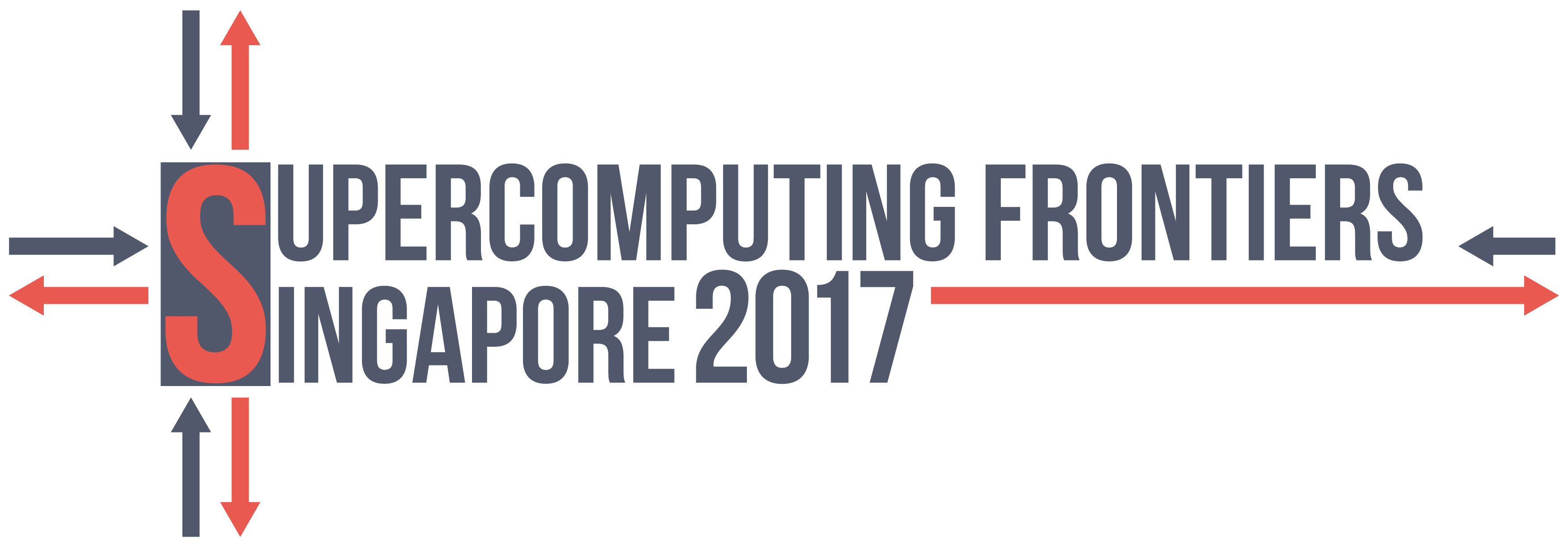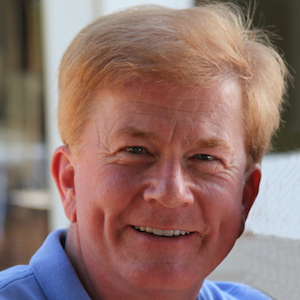Beating Floating Point at its Own Game: Posit Arithmetic
John Gustafson
Visiting Professor
A*STAR Computational Resource Centre, Singapore
Abstract:
Click here for John Gustafson’s presentation slides.
A new data type called a “posit” is designed for direct drop-in replacement for IEEE Standard 754 floats. Unlike unum arithmetic, posits do not require interval-type mathematics or variable size operands, and they round if an answer is inexact, much the way floats do. However, they provide compelling advantages over floats, including simpler hardware implementation that scales from as few as two-bit operands to thousands of bits. For any bit width, they have a larger dynamic range, higher accuracy, better closure under arithmetic operations, and simpler exception handling. For example, posits never overflow to infinity or underflow to zero, and there is no “Not-a-Number” (NaN) value. Posits take up less space to implement in silicon than an IEEE float of the same size. With fewer gate delays per operation as well as lower silicon footprint, the posit operations per second (POPS) supported by a chip can be significantly higher than the FLOPs using similar hardware resources. GPU accelerators, in particular, could do more arithmetic per watt and per dollar yet deliver superior answer quality.
A series of comprehensive benchmarks compares how many decimals of accuracy can be produced for a set number of bits-per-value, using various number formats. Low-precision posits provide a better solution than “approximate computing” methods that try to tolerate decreases in answer quality. High-precision posits provide better answers (more correct decimals) than floats of the same size, suggesting that in some cases, a 32-bit posit may do a better job than a 64-bit float. In other words, posits beat floats at their own game.
Bio-Data:
Dr. John Gustafson is an applied physicist and mathematician best known as a disruptive thought leader in High Performance Computing. He introduced cluster computing in 1985 and first demonstrated scalable massively parallel performance on real applications in 1988, for which he won the inaugural Gordon Bell Award. ‘Gustafson’s Law’ is taught in computer science courses everywhere. He was Director of the Extreme Research Lab at Intel, where he led their exascale computing program and other energy-efficient computing research. At Sun Microsystems, he led a $50 million supercomputer project centered on breaking the “memory wall”. He is the recipient of the IEEE Computer Society’s Golden Core Award. An honors graduate of Caltech and Iowa State University, he has held a number of CTO and CEO positions at publicly held and startup companies, and most recently was Chief Product Architect at AMD, before accepting the CTO role at Ceranovo Inc. in November 2013. He is currently a visiting professor with A*STAR Computational Resource Centre.



